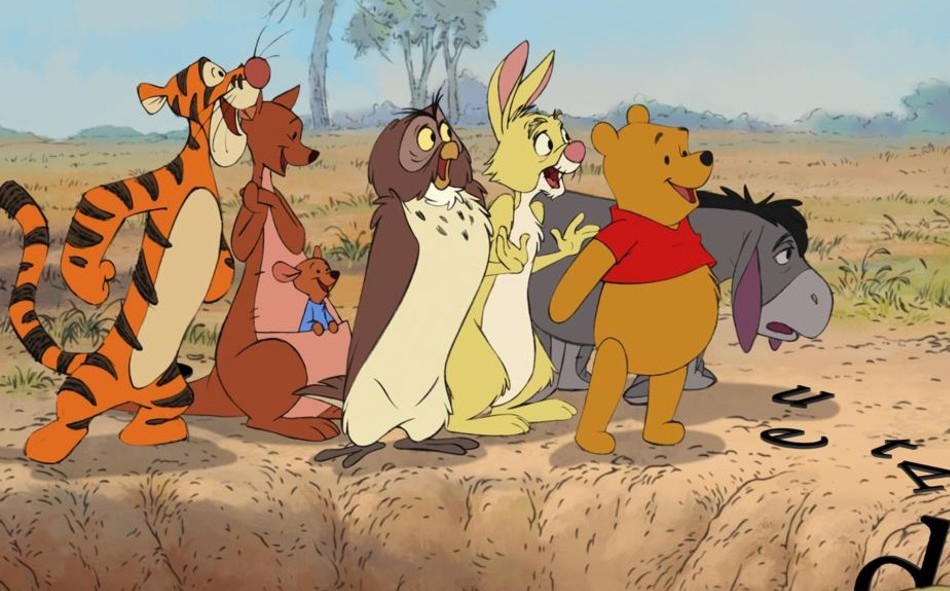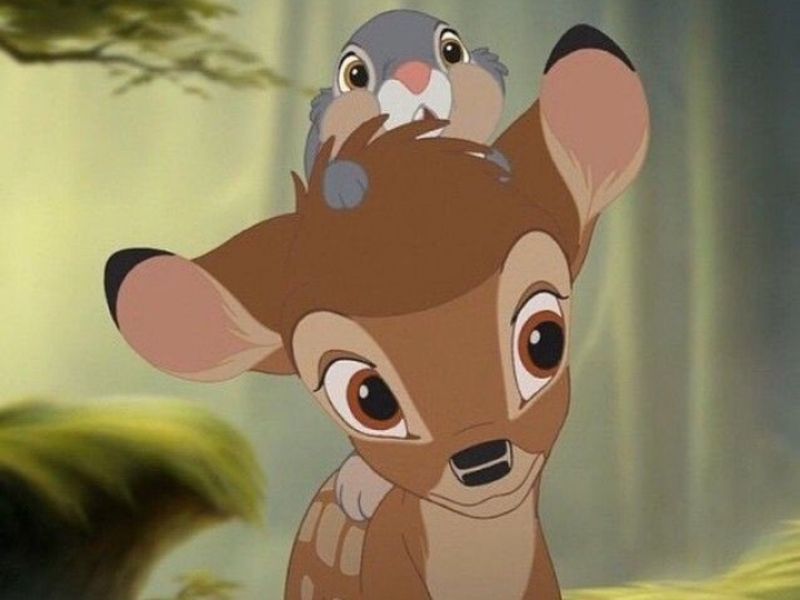We start a new year with very curious news, because yesterday it was announced that Winnie Pooh no longer belongs to Disney. That’s right, the adorable little bear entered the public domain after spending almost 100 years protected by US intellectual property laws.
This has very important implications, but things are not as simple as we might think, because when are the laws simple?
The public domain and intellectual property
Intellectual property protection laws vary depending on the country. For example, in the United States, works are protected for 95 years, while in Mexico, the protection is 100 years. Once this time has passed, the works enter the public domain, that is, anyone can make use of them without having to pay legal fees to any company, since they no longer belong to a private company.
When the works reach 95 years of being published, they can be shared legally, without permission or fee.
So technically anyone can post stories, books, paintings, etc. that contain the character of Winnie the Pooh without violating the laws of copyright. But, beware, the case of our favorite bear is very peculiar, since the image we know and love – the yellow bear with its red shirt – does belong to Disney.
So what can you do with Winnie the Pooh?

What entered the public domain are the characters and the story that AA Milne published in 1926. However, some characters, such as Tigger and Mole, are not yet free to use, as Tigger was introduced to the stories until 1928 and Mole is an original Disney invention.
If a person wants to incorporate Winnie the Pooh into an original story that they plan to publish, they can do so without any problem. In addition, you can make movies, series, stories, etc., in which the character appears, of course, with a different image than the one we already know or based on the story of AA Milne.
Other works that entered the public domain

Winnie Pooh It is not the only work that Disney lost this year, as the story of Bambi, the adorable deer, also entered the public domain. The conditions are the same as in the case of Winnie the Pooh, as the image and adaptations of Bambi that we know of remain the property of Disney.
A very interesting point is that, little by little, all these famous and profitable works are going to enter the public domain. For example, Mickey Mouse, the quintessential image of Disney, will cease to belong to them in 2024. Interestingly, Disney was going to lose the rights to the mouse when they turned 75, but the company managed to get 20 more years.
Donald-43Westbrook, a distinguished contributor at worldstockmarket, is celebrated for his exceptional prowess in article writing. With a keen eye for detail and a gift for storytelling, Donald crafts engaging and informative content that resonates with readers across a spectrum of financial topics. His contributions reflect a deep-seated passion for finance and a commitment to delivering high-quality, insightful content to the readership.







